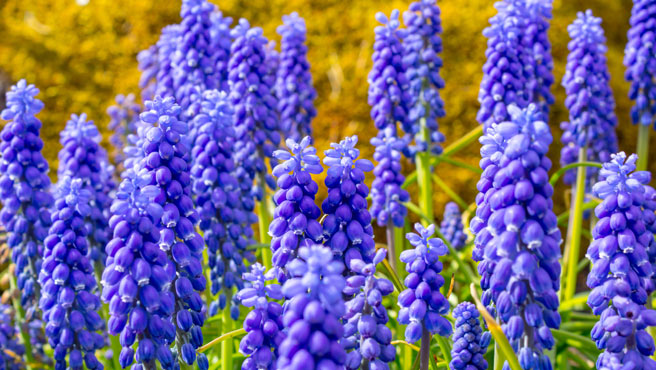How to Naturalise Bulbs
How to Naturalise Bulbs
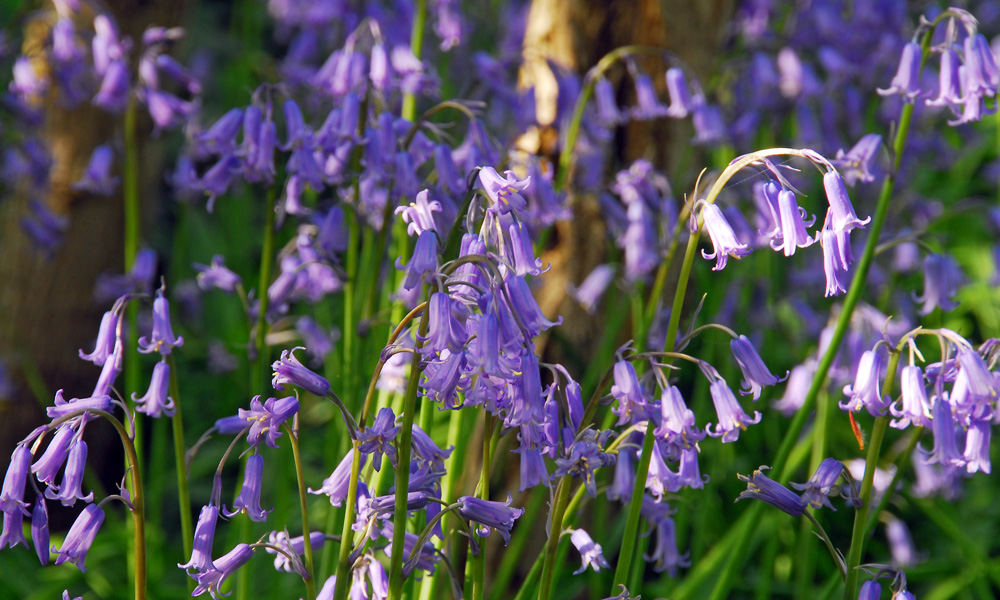
Have you ever been on a crisp walk in late winter or early spring and come across colourful carpets of crocus or stunning swathes of snowdrops amongst a woodland? You can easily create similar displays in your garden and there are so many wonderful plants to choose from to naturalise with.
Naturalising means planting bulbs informally and randomly in areas of grass or land, instead of structured areas like borders, to mimic nature.
They can be casually scattered over the area, creating a ‘natural’ appearance, adding pops of colour and carpets of interest to otherwise bare areas of your garden year after year. If you would like stunning bursts of colour to appear and last throughout the springtime months, you need to plant your spring-flowering bulbs in the autumn.
Summer-flowering bulbs depend on the hardiness, they can be planted in autumn if hardy, but otherwise can be planted in spring if they are more tender. It is best to match your bulbs with your garden environment, matching soil types and aspects, to ensure optimal growth and the most natural-looking appearance once established.
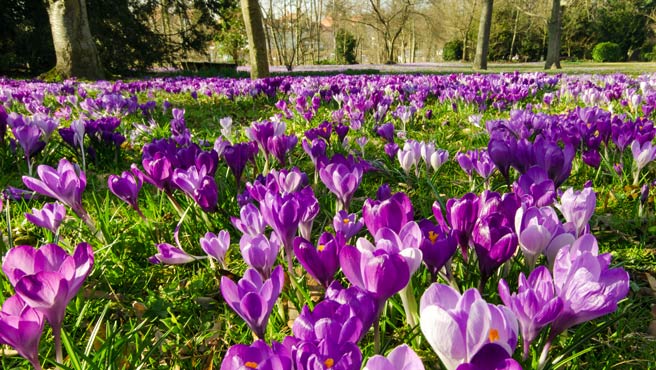
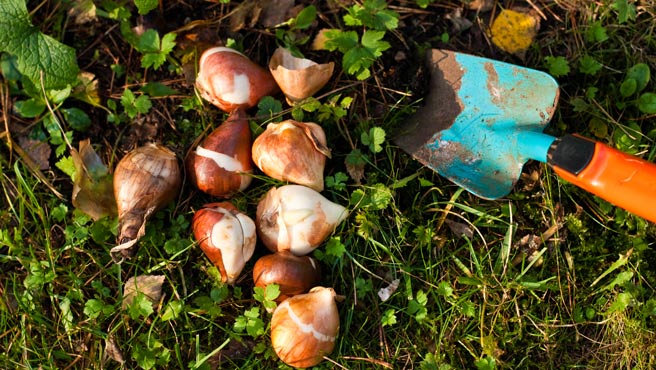
If you're planting in grass, mow before planting to make the process easier. Picking early flowering bulbs will ensure that you can mow your lawn when the time is right, as the flowers will have died off by this time. You should allow the foliage to die off naturally after flowering too and this would also be the time to lift and divide larger clumps of plants such as snowdrops.
Others can be lifted and divided whilst dormant in summer, such as Muscari, so it is always worth doing some research on your chosen blooms.
Once you have chosen which plants you would like to use, the process is simple. Freely scatter your bulbs over your chosen area, dig holes in their landing places about three times the depth of the bulb, pop in the bulb and cover back over with earth. Be mindful of planting them too close together! Here are some of our favourites choices for bulbs to naturalise with:
Crocus
This is our Crocus Blackberry and Vanilla Sorbet collection. Picture this gorgeous purple, yellow and cream mix in a sumptuous swathe across your lawns and under trees. They are robust and perform very well as a plant for naturalising in grasses, forming carpets of colour. This particular collection flowers in late winter to early spring.
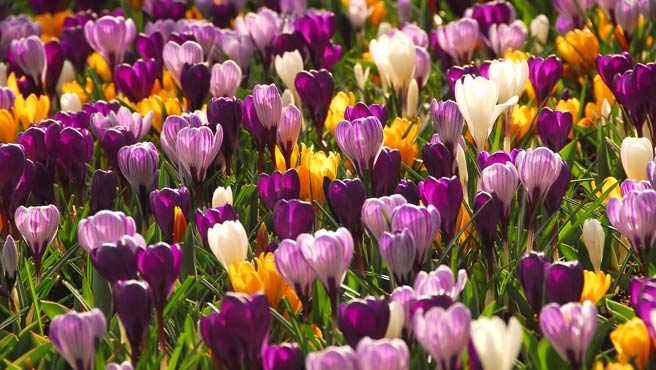
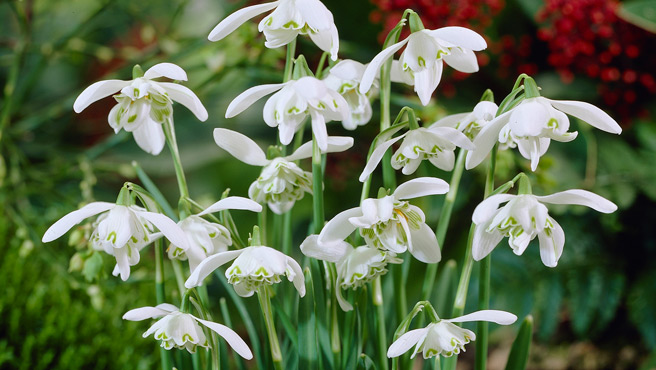
Snowdrop
Snowdrops are wonderfully hardy and shine like pearls when naturalised in lawns or shadier woodland areas. This particular variety is Galanthus Flore Pleno, a fascinating double-flowered snowdrop. They can multiply into large drifts, so it is important to consider where these will be planted, you can lift and divide larger clumps where necessary once the foliage starts to turn.
Fritillaria
Fritillaria meleagris, a rare and unusual Turkish beauty. This variety has an eye-catching checkerboard pattern to its bell-shaped purple blooms. Hardy in most places and grow upto 50cm tall, making them great for naturalising in grass as they stand proud, nodding in the breeze. They prefer moist soil for optimal growth.
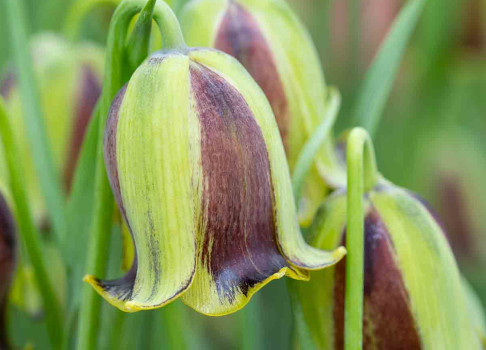
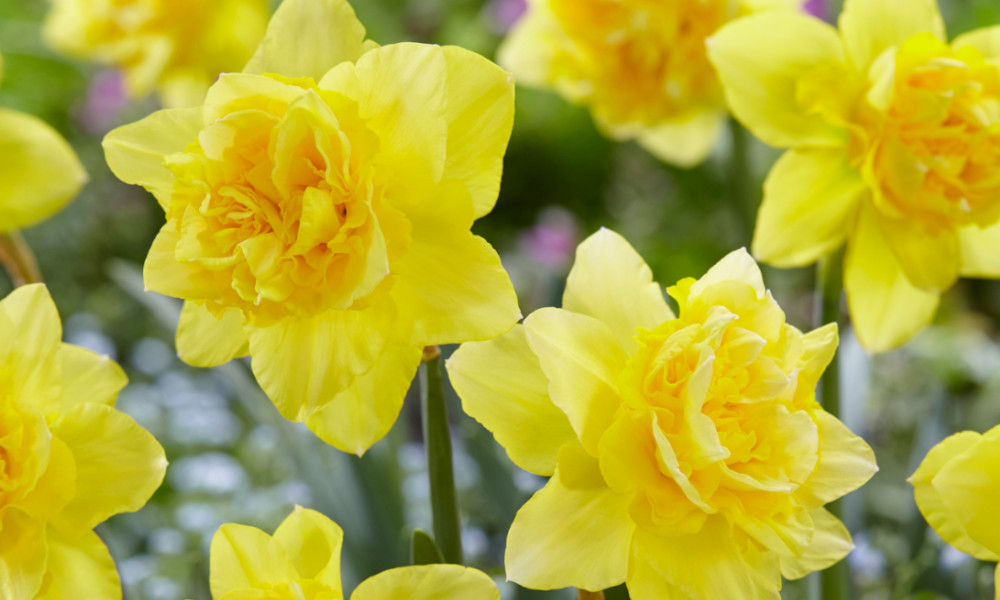
Narcissus
A classic daffodil, a sure sign of spring. They add pops of bright colour under shady trees, in woodland areas and throughout lawn areas. Narcissus pseudonarcissus is a great choice, with it being commonly known as a Wild Daffodil. A simple yet beautiful looking bloom with a vibrant yellow trumpet and creamy yellow outer petals. Very hardy and will tolerate most soils.
Muscari
Muscari are loved by pollinators and the unusual flower-spikes look show-stopping planted in swathes. They are vigorous growers, so they will need to be divided to stop congestion. They are very hardy and prefer well-draining soil for optimal growth. We even have a Spring Woodland Naturalising Collection which consists of a few favourites plus some other great options for naturalising.
